Pasture Soil Testing
Grow dense, nutrient-rich forages for your grazing animals
Understanding your soil is key to providing a quality pasture and nutrient source for your herd. With a soil test, gauge which nutrients have been depleted from the soil and what’s required for optimal plant growth.
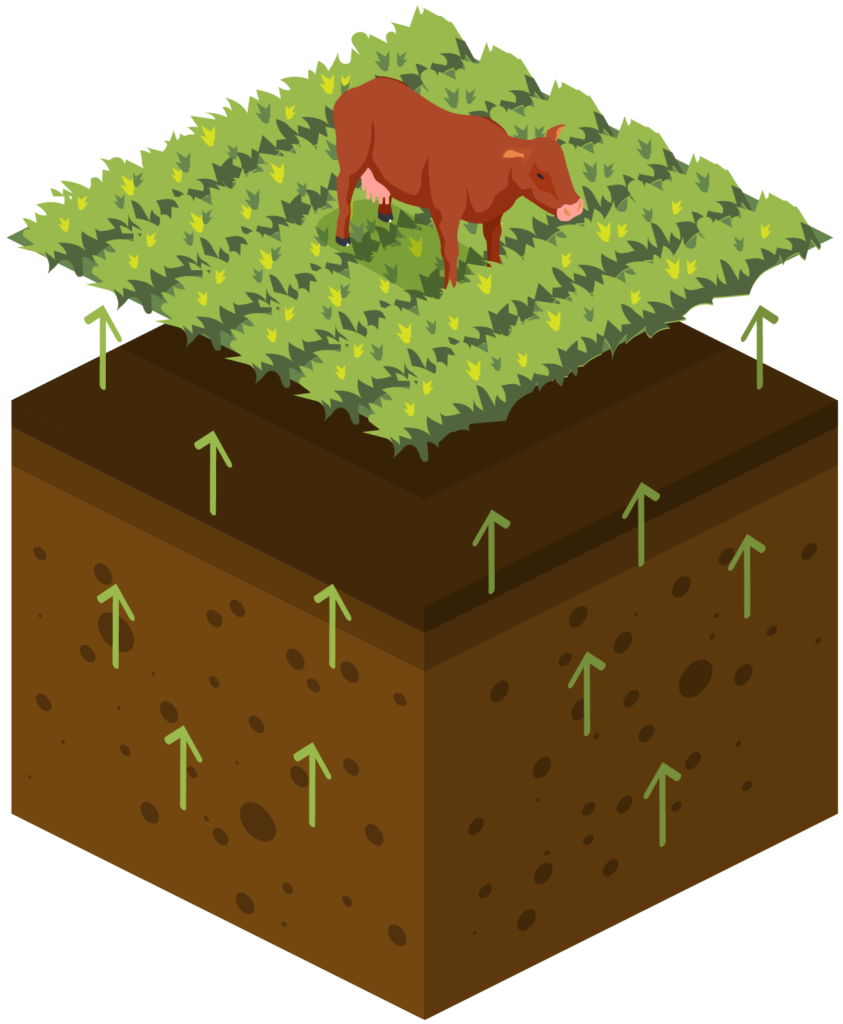
Benefits of a Soil Test
A professional soil analysis is the only way to measure and adjust nutrient levels in the soil. You’ll learn the true nutrient status of your soil, whether or not your soil requires lime or fertilizer and how much may be needed.
While nutrient deficient soils result in weak and stunted plants, applying too much fertilizer can also be detrimental – soil testing will help you save money by ensuring you’re only applying what you need to yield a quality forage.
Easy-to-understand report
You’ll receive a report that provides you with the eight key soil metrics essential for optimal forage growth with fertilizer recommendations tailored to the crops you’re growing.
…and as one of the largest soil testing laboratories in the country, you benefit from the same professional grade analysis provided to farmers and agriculturists worldwide for the most accurate and reliable results.
Potassium | Phosphorus | Organic Matter | pH | Nitrate-nitrogen | Calcium | Magnesium | Cation Exchange Capacity

HOW IT WORKS
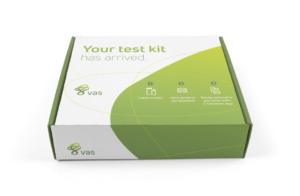
Order

Order your PastureWise soil test kit
Check mail
Within 2 business days, we’ll ship out a PastureWise test kit in the mail.
Take samples

Pull a soil sample from your pasture according to the instructions provided
Mail sample
Mail your soil sample and completed form to our laboratory with the prepaid mailing label
Report

Within 2-3 business days of your sample arriving to the lab, you’ll find your results delivered to your inbox!
Take action

Evaluate your results and consult with your local extension or fertilizer supplier for the proper application of nutrients.
HOW TO TAKE A
SOIL SAMPLE

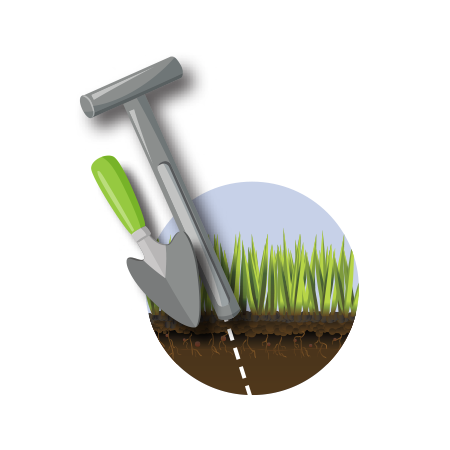
Use a soil probe, or a small shovel


For each sample walk in a random, zig-zag pattern through the plot

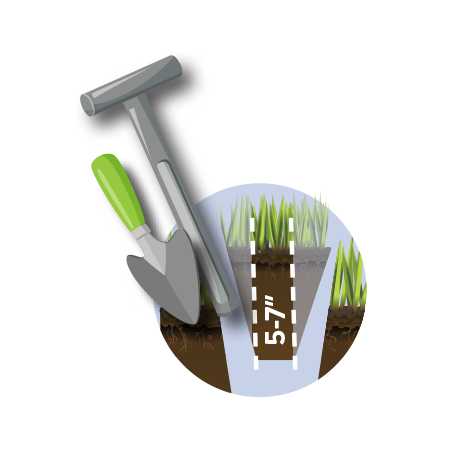
Take 15 to 20 cores, or slices, of soil from the pasture to the depth of five to seven inches

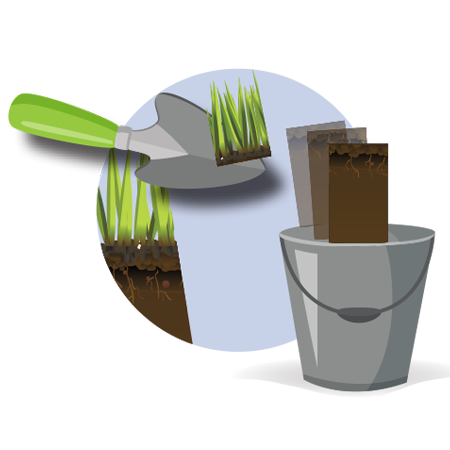
Remove large pieces of grass thatch, roots, stones, or debris from the soil sample

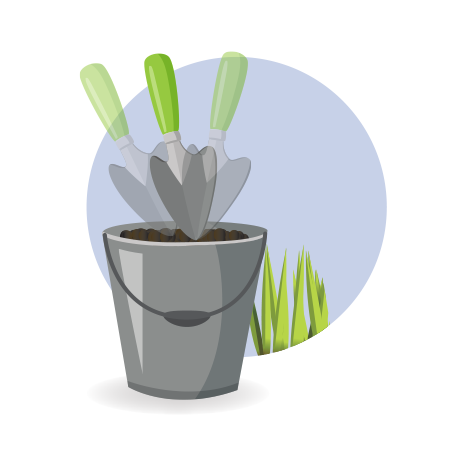
Place all these subsamples in a clean plastic bucket and mix thoroughly to form a composite sample

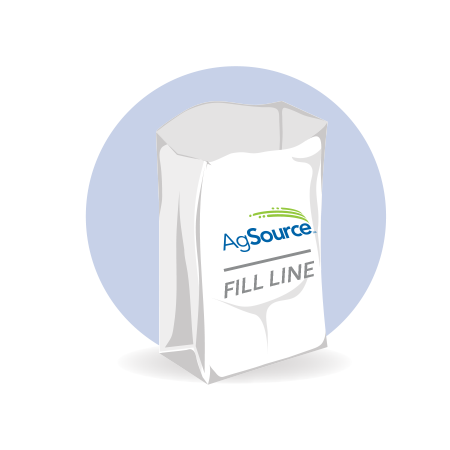
Remove enough soil from the composite sample to fill the soil sample bag